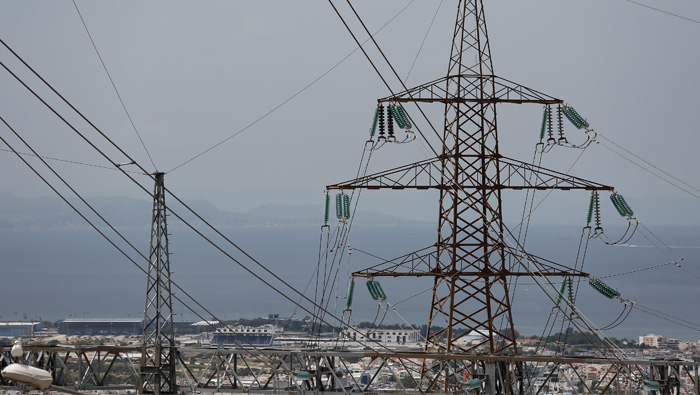
Muscat: Electricity subsidy available for large consumers, mainly government, commercial and industrial users, will be cut and a higher revised tariff structure will be effective from January 1, 2017.
State-run Authority for Electricity Regulation (AER) on Wednesday said that the new tariff applicable to those consumers who use more than 150 megawatt hours (MWh) per hour will be in the range of 26-30 baisas per kilowatt hour (kWh) in the case of low voltage customers and 18-22 baisas for high voltage customers. This is against the existing tariff of 20 baisas per kWh for commercial, 12-24 baisas for industries and 10-30 baisas for government sector.
The revised tariff follows a decision of the Council of Ministers and will be applicable to both existing and new customers of the same category.
The new tariff will impact around 10,000 existing large government, commercial and industrial customers, who constitute less than 1 per cent of all registered customers. However, these large consumers use over 30 per cent of total electricity supply in the country and are allocated 20 per cent of total subsidy, an AER statement said.
The new tariff will reflect the actual cost of supplying electricity for every hour and would provide a relatively small number of customers with strong incentives to reduce demand at times of system peak demand and return significant benefits in terms of reduced overall peak demand and the requirement for future investments, said Qais Saud Al Zakwani, the executive director and a member of AER.
The hike in power tariff will raise the operating cost of industries, especially power-intensive industries. “The impact on industries will depend on the nature of manufacturing process – whether industry uses a lot of power,” said S Gopalan, chief executive of Reem Batteries & Power Appliances Company. He also said that the industries that are going to have major impact would be metal processing, including aluminium, and battery makers.
“The authority calculates and publishes the subsidy provided to the electricity sector on an annual basis, which includes the subsidy provided to every customer category. The current electricity tariff structure does not provide customers with incentives to manage their demand and in 2009, the authority undertook a public consultation to implement a tariff structure that reflects the actual costs of providing electricity and provides customers with an incentive to manage their demand,” noted Al Zakwani.
“Ever since, the authority gathered and analysed the feedback received from the consultation and worked on submitting a proposal to the government that would drive more efficient use of electricity. The new tariff that will be different for every hour of the day will provide a relatively small number of large government, commercial and industrial consumers with strong incentives to reduce overall consumption and provide them with the information needed to more actively and effectively manage their consumption.”